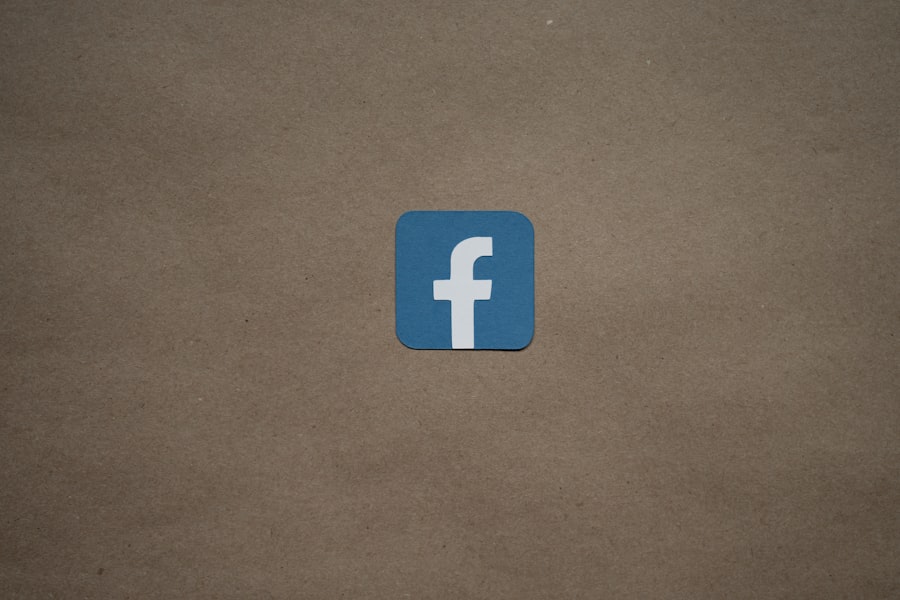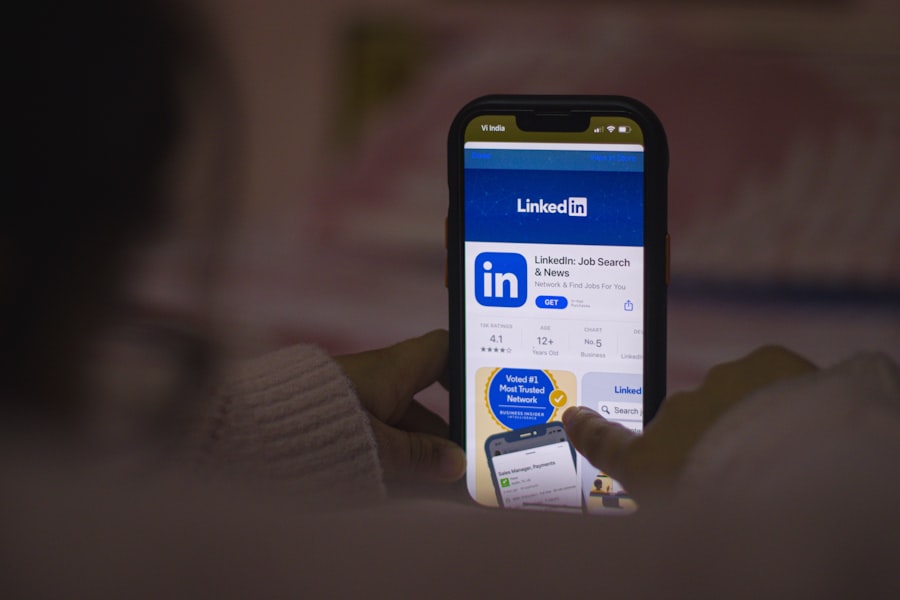The advent of social media has revolutionized numerous sectors, and healthcare is no exception. Platforms such as Facebook, Twitter, Instagram, and LinkedIn have transformed the way healthcare providers, patients, and organizations interact. Social media serves as a conduit for information dissemination, allowing healthcare professionals to share knowledge, engage with patients, and promote health initiatives.
The rapid proliferation of smartphones and internet access has further accelerated this trend, making health-related information more accessible than ever before. As a result, social media has become an integral part of the healthcare landscape, influencing everything from patient education to public health campaigns. The integration of social media into healthcare practices has also led to a paradigm shift in how patients perceive their roles in managing their health.
Traditionally, patients were passive recipients of information, relying on healthcare providers for guidance. However, social media empowers patients to take an active role in their health journey. They can seek information, share experiences, and connect with others facing similar health challenges.
This shift not only enhances patient engagement but also fosters a sense of community among individuals navigating their health issues. As healthcare continues to evolve in the digital age, understanding the multifaceted role of social media becomes essential for both providers and patients alike.
Key Takeaways
- Social media enhances patient education, engagement, and health promotion efforts.
- Healthcare professionals use social platforms to share knowledge and collaborate.
- Social media helps reach underserved communities with vital health information.
- It plays a critical role in managing healthcare crises and public health emergencies.
- Ethical guidelines are essential to ensure responsible and effective social media use in healthcare.
Leveraging Social Media for Patient Education and Engagement
One of the most significant advantages of social media in healthcare is its ability to facilitate patient education. Healthcare organizations can utilize platforms like Facebook and Instagram to share informative content that demystifies complex medical concepts. For instance, a hospital might create a series of short videos explaining common procedures or conditions, making the information more digestible for patients.
This approach not only enhances understanding but also reduces anxiety associated with medical treatments. By presenting information in an engaging format, healthcare providers can capture the attention of their audience and encourage them to seek further information or assistance. Moreover, social media fosters two-way communication between healthcare providers and patients.
Patients can ask questions, share concerns, and provide feedback directly through these platforms. This interaction not only helps to clarify doubts but also builds trust between patients and their healthcare providers. For example, a physician might host a live Q&A session on Twitter to address common health concerns during flu season.
Such initiatives not only educate the public but also demonstrate the provider’s commitment to patient care. By actively engaging with patients on social media, healthcare professionals can create a supportive environment that encourages individuals to take charge of their health.
Utilizing Social Media for Health Promotion and Disease Prevention

Social media serves as a powerful tool for health promotion and disease prevention campaigns. Public health organizations can leverage these platforms to disseminate vital information about preventive measures, vaccination drives, and healthy lifestyle choices. For instance, during the COVID-19 pandemic, various health authorities utilized social media to promote vaccination awareness and dispel misinformation surrounding the virus.
Campaigns featuring testimonials from vaccinated individuals or infographics detailing vaccine efficacy reached millions of users, significantly impacting public perception and behavior. Additionally, social media allows for targeted outreach to specific demographics that may be at higher risk for certain diseases. For example, campaigns aimed at promoting healthy eating habits can be tailored to reach younger audiences on platforms like TikTok or Snapchat.
By utilizing influencers who resonate with these demographics, health organizations can effectively communicate messages that encourage healthier choices. The visual nature of social media also lends itself well to promoting physical activity through challenges or fitness programs that engage users in a fun and interactive manner.
Engaging Healthcare Professionals through Social Media
| Metric | Description | Typical Value/Range | Importance |
|---|---|---|---|
| Engagement Rate | Percentage of healthcare professionals interacting with social media content (likes, comments, shares) | 2% – 8% | High – Indicates content relevance and interaction level |
| Content Reach | Number of healthcare professionals who see the social media posts | 10,000 – 100,000+ | High – Measures visibility and potential audience size |
| Click-Through Rate (CTR) | Percentage of users clicking on links within social media posts | 1% – 5% | Medium – Shows interest in additional content or resources |
| Follower Growth Rate | Rate at which healthcare professional followers increase over time | 5% – 15% monthly | Medium – Reflects expanding influence and network |
| Content Sharing Rate | Frequency at which healthcare professionals share posts with peers | 0.5% – 3% | High – Amplifies message reach and credibility |
| Response Time | Average time taken to respond to healthcare professional inquiries or comments | Within 24 hours | High – Builds trust and encourages ongoing engagement |
| Sentiment Analysis | Ratio of positive to negative comments or feedback from healthcare professionals | 70%+ positive | High – Indicates overall perception and satisfaction |
Social media is not only beneficial for patient engagement but also plays a crucial role in connecting healthcare professionals. Platforms like LinkedIn and Twitter have become hubs for medical professionals to share research findings, discuss best practices, and collaborate on projects. This exchange of knowledge fosters a culture of continuous learning within the healthcare community.
For instance, medical conferences often have dedicated hashtags that allow attendees to share insights in real-time, creating a virtual dialogue that extends beyond the physical event. Furthermore, social media provides healthcare professionals with opportunities for networking and mentorship. Young practitioners can connect with seasoned experts in their field, gaining valuable insights and guidance as they navigate their careers.
Online communities focused on specific specialties or interests allow professionals to seek advice, share experiences, and collaborate on research initiatives. This interconnectedness not only enhances individual professional development but also contributes to the advancement of medical knowledge as a whole.
Reaching Underserved Communities through Social Media
One of the most profound impacts of social media in healthcare is its ability to reach underserved communities that may lack access to traditional healthcare resources. Many individuals in these communities face barriers such as transportation issues or limited availability of healthcare services. Social media can bridge this gap by providing essential health information directly to those who need it most.
For example, community health organizations can use platforms like Facebook to share resources about local clinics offering free or low-cost services. Moreover, social media campaigns can be tailored to address the unique needs and cultural contexts of underserved populations. By collaborating with local influencers or community leaders, health organizations can ensure that their messages resonate with target audiences.
For instance, a campaign promoting mental health awareness might feature testimonials from individuals within the community who have successfully navigated mental health challenges. This approach not only normalizes discussions around mental health but also encourages individuals to seek help without fear of stigma.
Managing Healthcare Crisis and Public Health Emergencies through Social Media

In times of crisis or public health emergencies, social media becomes an invaluable tool for communication and information dissemination. During events such as disease outbreaks or natural disasters, timely updates are crucial for public safety. Health authorities can use platforms like Twitter to provide real-time information about risks, preventive measures, and available resources.
For example, during the Ebola outbreak in West Africa, social media played a critical role in disseminating information about transmission routes and safety protocols. Additionally, social media allows for rapid response to misinformation that can exacerbate public health crises. When false information spreads quickly online, it can lead to panic or harmful behaviors among the public.
Health organizations must actively monitor social media channels to identify and counteract misinformation promptly. By providing accurate information and addressing misconceptions directly through these platforms, healthcare authorities can help maintain public trust and ensure that individuals have access to reliable guidance during emergencies.
Ethical Considerations and Guidelines for Healthcare Social Media Use
While the benefits of social media in healthcare are substantial, ethical considerations must be at the forefront of any strategy involving these platforms. Patient privacy is paramount; healthcare providers must ensure that they do not disclose sensitive information without consent. The Health Insurance Portability and Accountability Act (HIPAA) sets strict guidelines regarding patient confidentiality that must be adhered to when engaging on social media.
Providers should be cautious about sharing case studies or testimonials that could inadvertently reveal patient identities. Moreover, the potential for misinformation necessitates a commitment to accuracy in all communications. Healthcare organizations must establish clear guidelines for content creation and sharing on social media platforms.
This includes verifying sources before sharing information and being transparent about any potential conflicts of interest when promoting products or services. By prioritizing ethical standards in their social media practices, healthcare providers can foster trust with their audience while ensuring that they contribute positively to public health discourse.
Measuring the Impact of Social Media on Healthcare Reach
To fully understand the effectiveness of social media initiatives in healthcare, it is essential to measure their impact systematically. Various metrics can be employed to assess engagement levels, reach, and overall effectiveness of campaigns. For instance, tracking likes, shares, comments, and follower growth can provide insights into how well content resonates with audiences.
Additionally, analyzing website traffic generated from social media referrals can help determine whether campaigns are successfully driving users to seek further information or services. Surveys and feedback mechanisms can also be implemented to gauge patient satisfaction and knowledge retention following educational campaigns on social media. By collecting data on how individuals perceive the information shared through these platforms, healthcare organizations can refine their strategies for future outreach efforts.
Ultimately, measuring the impact of social media in healthcare not only demonstrates accountability but also informs best practices that enhance patient engagement and public health outcomes over time.



